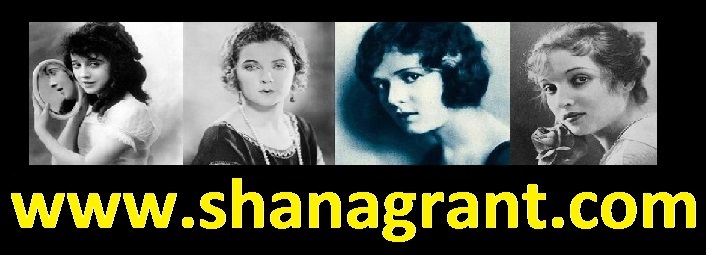Tami Lynn Tammy Lynn, Tammy Li
Porn Queen Actress Superstar

Tami Lynn |

Tami Lynn |
|
Movie Title Year Distributor Notes Rev Formats Asian POV 1 2004 Devil's Film Facial DRO Asian Street Hookers 37 2004 Evasive Angles Facial DRO Fresh Porn Babes 6 2004 Puritan International, Ltd. Anal Facial 1 DRO K-pop 2004 2003 Video Team Anal Creampie 3 DO Me Luv U Long Time 6 2004 Red Light District Anal Facial 3 DRO No Swallowing Allowed 1 2003 Diabolic Video Anal Facial 1 DRO Secrets of a Porn Talent Scout 2 2004 Hustler Video Facial 1 DRO Sweetheart 2004 Sin City BJOnly Facial 2 DRO Whorientals 2 2005 Metro Anal Facial DRO Young Asian Cookies Dripping Cum 1 2004 T.T. Boy Productions height during that summer.[214] In July and August, the group pursued interests related to similar utopian-based ideology, including a week-long investigation into the possibility of starting an island-based commune off the coast of Greece.[215] On 24 August, the group were introduced to Maharishi Mahesh Yogi in London. The next day, they travelled to Bangor for his Transcendental Meditation retreat. On 27 August, their manager's assistant, Peter Brown, phoned to inform them that Epstein had died.[216] The coroner ruled the death an accidental carbitol overdose, although it was widely rumoured to be a suicide.[217][nb 8] His death left the group disoriented and fearful about the future.[219] Lennon recalled: "We collapsed. I knew that we were in trouble then. I didn't really have any misconceptions about our ability to do anything other than play music, and I was scared. I thought, 'We've fuckin' had it now.'"[220] Harrison's then-wife Pattie Boyd remembered that "Paul and George were in complete shock. I don't think it could have been worse if they had heard that their own fathers had dropped dead."[221] During a band meeting in September, McCartney recommended that the band proceed with Magical Mystery Tour.[211] The Magical Mystery Tour soundtrack was released in the UK as a six-track double extended play (EP) in early December 1967.[82][222] It was the first example of a double EP in the UK.[223][224] The record carried on the psychedelic vein of Sgt. Pepper,[225] however, in line with the band's wishes, the packaging reinforced the idea that the release was a film soundtrack rather than a follow-up to Sgt. Pepper.[222] In the US, the soundtrack appeared as an identically titled LP that also included five tracks from the band's recent singles.[104] In its first three weeks, the album set a record for the highest initial sales of any Capitol LP, and it is the only Capitol compilation later to be adopted in the band's official canon of studio albums.[226]
|
www.shanagrant.com

Shauna Grant The Last Porn Queen |

|

|

|

|

|